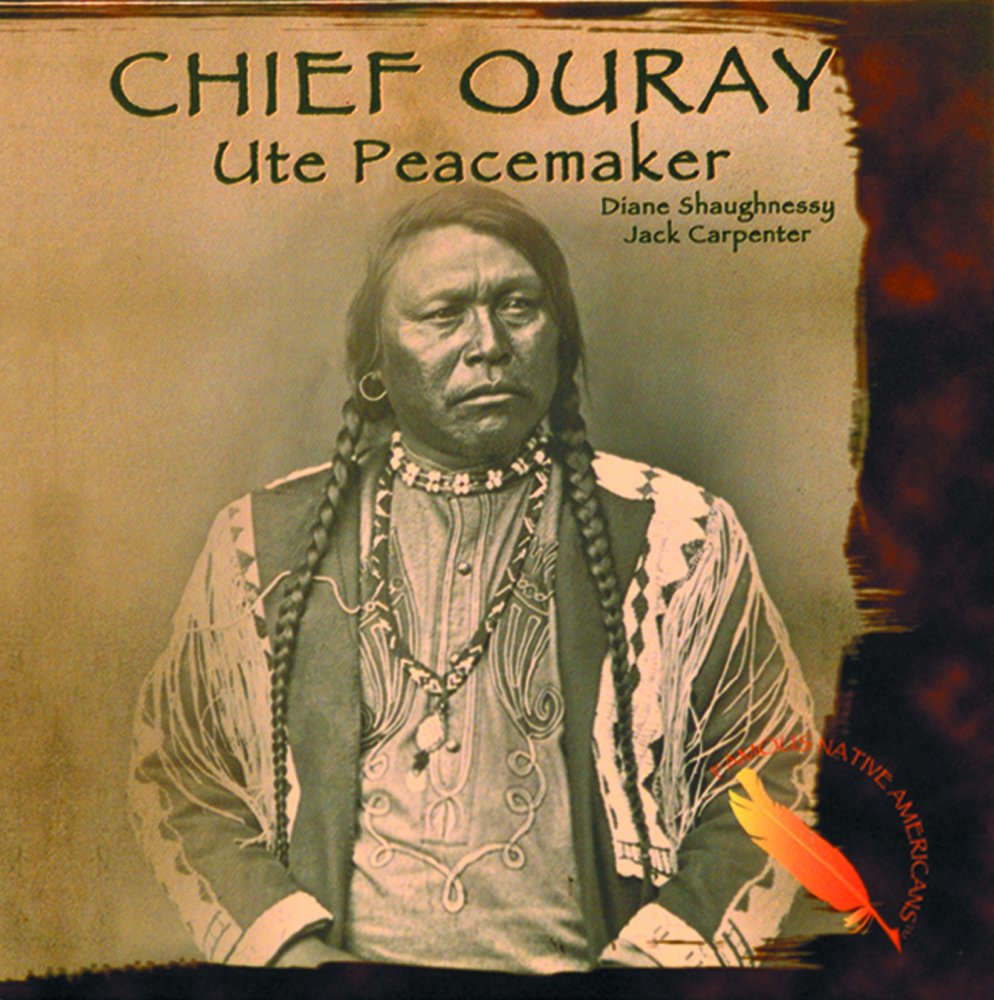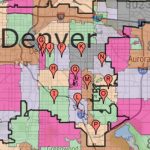Newsletter 2/15/19

Newsletter February 15, 2019
Hello Families,
I am so happy to be back in the classroom with these amazing students. I wanted to give you an update on all of the learning we have done recently.
Unit 3 Post Assessment
I sent home the post assessment yesterday. Please sign it and return it after reviewing it with your child. I am VERY proud of the work they did on this unit!
Colorado History
In Colorado History we have been studying native american customs, and economics. The unit will finish with westward expansion and how it effected all involved. Seeing the students doing a trade simulation with tribes, trading centers and writing about shortages, surplus and the effects on price was up-lifting.
Math Unit 4: Adding and subtracting large numbers
We investigated large numbers and our base ten system and why it is called that. We built a wall of 1 million tiny squares. We are starting to look into different addition strategies and will ensure mastery of the U.S. accepted algorithm, otherwise known as carrying (addition) and borrowing (subtraction). My big goal is for them to use the strategy that works the best for the situation. For instance, NOT using that algorithm when it wouldn’t make sense. 1000 - 899 as an example.
Parent letter:
Our class is starting a brief math unit in which we focus on place value and standard algorithms for addition and subtractions.
Module 1: Focusing on place value to 1,000,000 and multi-digit addition strategies. Students develop understanding of place value to 10,000 and then build a model showing 1,000,000 units. Students learn the standard algorithm for addition and compare it to other strategies they have learned.
•Checkpoint: Place Value & Addition
Module 2: Story problems help students deepen their grasp of subtraction strategies. Students learn the standard algorithm for subtraction and compare it to other strategies they have explored.
•Checkpoint: Subtraction
Students will be learning new strategies including Give & Take for Addition and Constant Difference for Subtraction.
Expeditionary Learning Literacy Unit: Women Suffrage Movement and the 19th Amendment
In this unit students will read the novel, The Hope Chest, as well as firsthand and secondhand accounts of Women’s Suffrage events.
Week 1: Reading The Hope Chest fluently and accurately. Comparing artwork inspired by The Hope Chest with details in the text.
•Mid-Unit Assessment: Answering Questions about a Literary Text
Week 2: Comparing and contrasting firsthand and secondhand accounts of events.
•End of Unit Assessment: Comparing Firsthand and Secondhand Accounts of the Same Event
Week 3-4: Determining the meaning of figurative language (e.g., similes, metaphors, idioms, adages, and proverbs). Summarizing events from The Hope Chest, finding themes from each chapter, and using relative pronouns and relative adverbs.
•Mid-Unit 2 Assessment: Summarizing Events in a Chapter
Week 4-5: Writing a literary essay about the theme in The Hope Chest
•End of Unit 2 Assessment: Writing a Literary Essay about a theme in The Hope Chest
Week 5-6: Researching how children around the world have made a difference. Identifying the reasons and evidence a speaker in a video provides to support particular points.
•Mid-Unit 3 Assessment: Researching How Kids Take Action
Week 6-8 Planning and writing a PSA. Planning and writing a press release/
•End of Unit 3 Assessment: Writing a PSA
•Performance Task: Taking Action Press Release
I would like to invite members of our community to share their personal family histories pertaining to segregation and/or voting rights with our class. Students will benefit from hearing about these events from firsthand accounts within their own community. I encourage students interested in our learning topic to take initiative outside of the classroom and continue their learning. Students could research local history about voting rights and/or segregation, or perform service projects in their community and write about what they have done.
Hugs,
Jessica






.png)